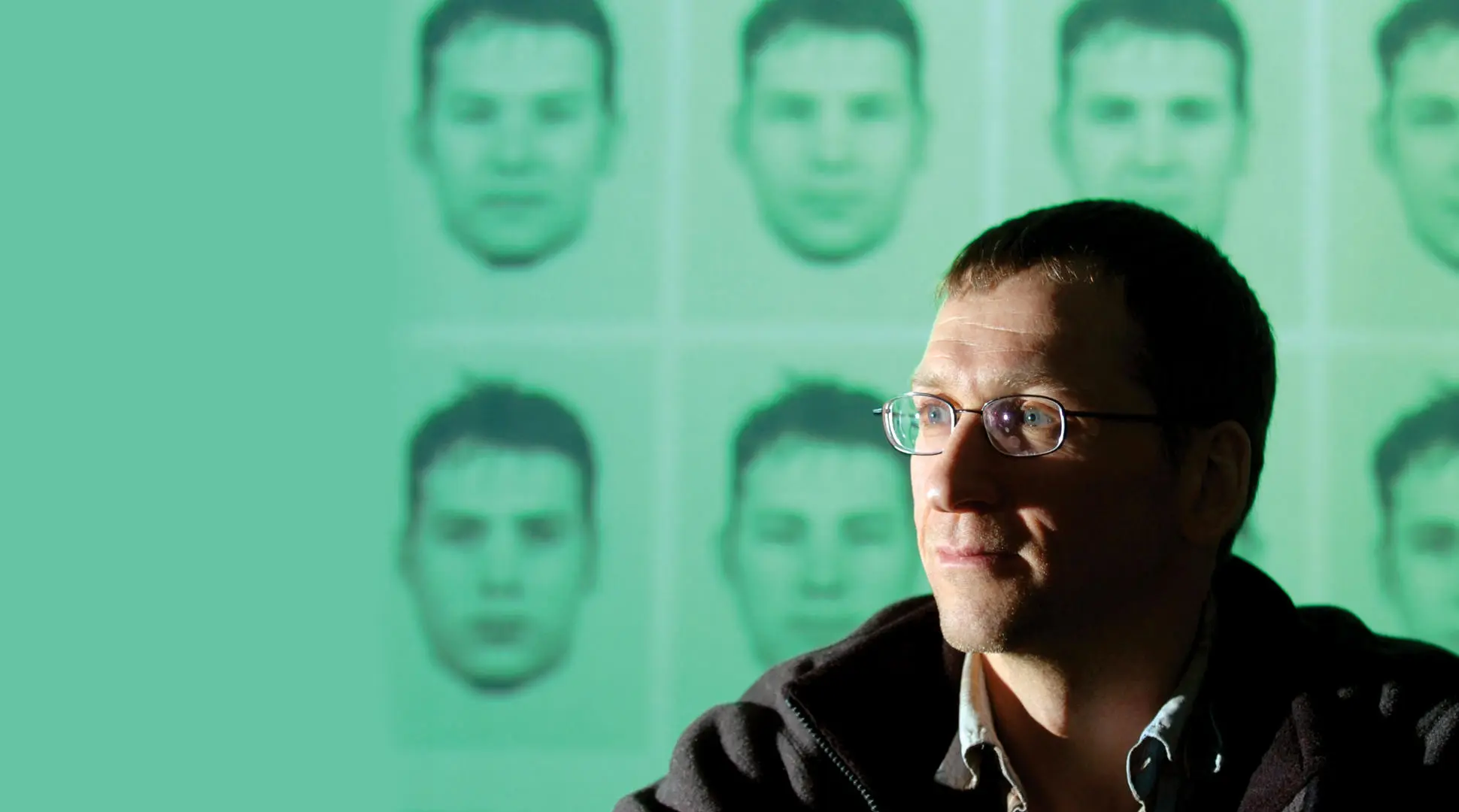Police often interview witnesses and victims of crime to create a facial composite, and names put forward, often by members of the public, provide investigative leads (Frowd, 2021).
Because policing needs to be evidence-based and efficient (e.g., Wells et al., 2020), we have been investigating how to make best use of limited police resources while taking into account needs of eyewitnesses (e.g., La Rooy & Dando, 2010).
Considerable constraints on police resources mean that composites are usually only constructed for serious crime—such as assault, abduction and burglary—using optimal interviewing techniques (e.g., Milne & Bull, 2006).
As part of a six-year programme of research, we are exploring techniques that would allow witnesses of less-serious (volume) crime, or in situations where face-to-face interviewing is impractical, to construct a facial composite themselves.
Such 'self-administered' procedures are already in police use for eye-witnesses to describe event information (e.g., Gabbert, Hope, & Fisher, 2009), giving rise to appreciable benefit (e.g., Gabbert et al., 2012).
Construction of composites in these cases would still require supervision, but not extensive practitioner training, thus providing opportunities to solve crime that are usually not practical, while potentially reducing the negative impact of witness anxiety (e.g., Risan et al., 2016) known to be detrimental to composite effectiveness (e.g., Hancock et al., 2011).
The project is looking at the impact of face construction using Cognitive Load theory (e.g., Sweller et al., 2011). It has already indicated that, so long as there are sufficient cognitive resources available for witnesses during face construction, self-administered procedures have considerable forensic value (Frowd et al., 2016; Martin et al., 2018).
Related staff
Project lead
Dr Emma Portch
Project staff
Claire Ford
Collaborators and Partners
Dr Emma Threadgold
Dr John Marsh
Professor Sarah Bate
Impact:
- Development of systems for solving volume (less serious) crime
- Production of composites in a supervised environment
- Optimisation of techniques that produce the most identifiable composite face

